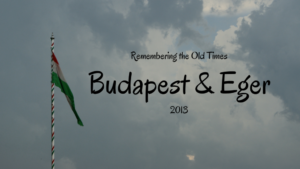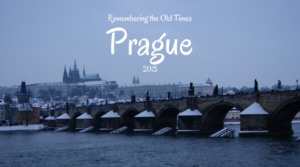Today we return to 2013 and our trip to Sopron in north-western Hungary.
While living in Bratislava we had several countries in our vicinity. And of course, we wanted to grab the chance to see as many of them as possible. Hungary was one of those countries, with its border just a short drive away. It is a fascinating country with a lot of history, quaint towns, and the language is amazing. At least if you ask Susann – she adores it.
Not too far away from the Slovak-Hungarian-Austrian border is also the town of Sopron. Actually, it lies directly at the Hungarian border crossing with Austria. This town had been on our wish list for quite some time before we finally got the opportunity to go there with some friends. It turned out to be a great day trip. However, getting there by bus or train can be tricky, so the best option is to go by car.
We think that it’s a good idea to combine a day trip to Sopron with a visit to other nearby attractions. One such place is Lake Neusiedl/Lake Fertő. The lake in question is the largest endorheic lake in Central Europe and it’s a wonderful place for all nature lovers.
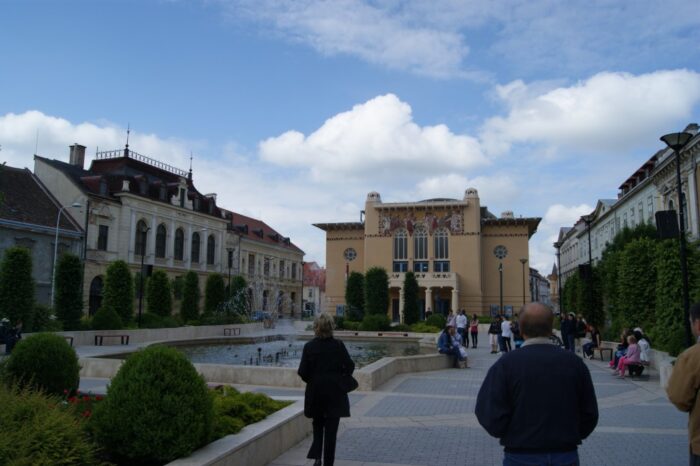
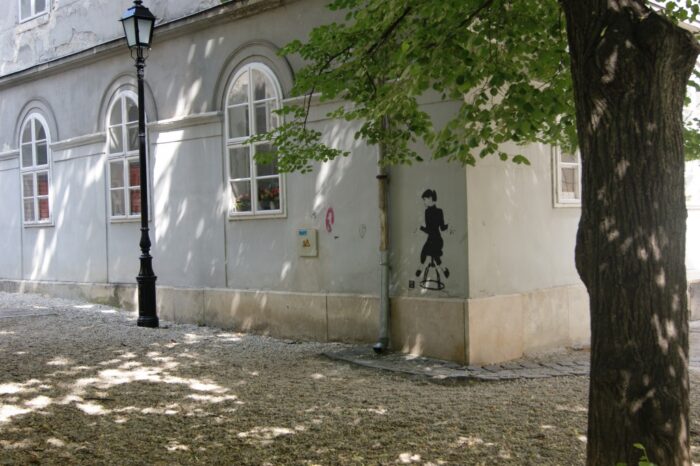
Sopron: Getting There
We had arranged a day trip with two Finnish friends in the end of May 2013. Our luck was that they had access to a car and that we were able to drive the short distance to Sopron. We had previously looked at the possibility to take a train or bus but had been our of luck to find any good offers. With a car it was only a short drive through Austria to get to Sopron, barely any time was spent driving in Slovakia or Hungary. The distance from Bratislava to Sopron is a little less than 100 kilometers and the drive takes approximately an hour.



Sopron: a Day of Walking
Sopron has a population of around 61.000 and it is quite easy to get around on foot. The town has a lot of history, dating back as far as to the Roman Empire. Most sights are in the center, within the old city walls. Here we enjoyed a walk around the center and did spend quite some time admiring the town. The small narrow alleys and squares make the town special.
Among other things, the town is famous for its large number of medieval buildings as well as its wine production. The town is a treat for those enjoy architecture: walls and foundations from the Roman Empire are still common. They co-exist with Medieval, Renaissance, and Baroque structures. The buildings are often artistically decorated, showing centuries of stability and prosperity.
Its nickname is Civitas Fidelissima (Most Loyal City). The nickname originates in a local referendum held in 1921 when a majority of the citizens decided that they wanted to be a part of Hungary. The town was also the home to many famous people, including notable composers Franz Liszt and Béla Bartók.
Sopron: Main Attractions
Sopron is a compact city, which means that there is a lot to see in a fairly small space. We have listed some of the main attractions that are worth a visit. It is a city famous for its architecture.
- Churches. Like any other town in Central Europe, Sopron has plenty of churches. The Goat Church used to be a venue for coronations and parliamentary sessions. The neo-Gothic Ursuline Church is one of the most impressive architectural monuments of the past century. There is also Gothic Old Synagogue that dates back to the 14th century,
- Firewatch Tower. Standing on the Main Square, the Firewatch Tower is one of the main symbols of Sopron. This old construction was the northern tower of the city from the 13th century onwards. After the great fire of 1676, the tower acquired its present form with its Baroque balcony and helm roof.
- The City Hall dates back to 1896, the same year as the Hungarian millennium.
- Squares. Sopron has many small and cozy squares. One of the most famous squares is Ursula square.
- City walls & the Forum of Scarbantia. In Roman times the town was called Scarbantia and it was located on a major trade route, the Amber Road. The Forum was the center of the town.
- Palaces & houses. Medieval, Gothic, baroque… The buildings in central Sopron are well-preserved and a stroll in the center takes you back centuries in time. Some of the most notable buildings include the Esterházy Palace (baroque), the Bezerédj palace (rococo), the Storno House (renaissance), and the “Two Moors” House (18th century baroque).
Read more about Sopron and its attractions here >>
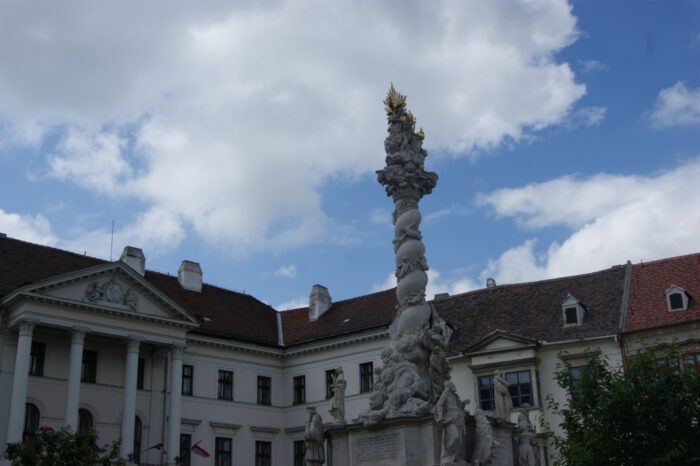


Do you want to read more about Hungary? Click here for all our posts about this amazing country >>

